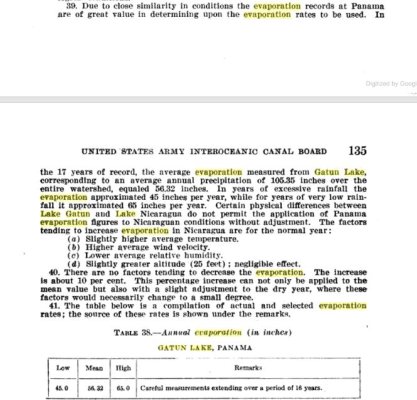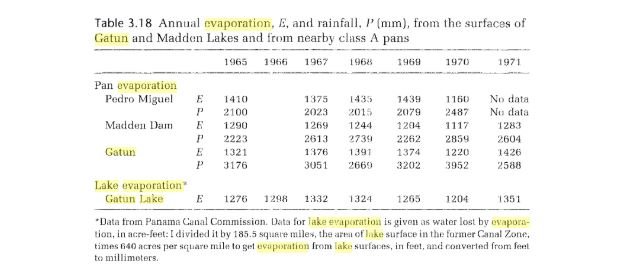Alaskan Sea-Duction
Guru
- Joined
- Jul 6, 2012
- Messages
- 8,056
- Location
- USA
- Vessel Name
- Alaskan Sea-Duction
- Vessel Make
- 1988 M/Y Camargue YachtFisher
The article stated some high dollar amounts for the huge ships that go through the Panama Canal.
What does it cost a recreational boater to transit the locks?
According to the Panama Canal Authority, after several years of below-average rainfall, the amount of rainfall recorded in 2019 was 20 percent below the historic average and the fifth lowest recorded rainfall in 70 years. Meanwhile, the Canal has also experienced an approximately 10 percent increase in water evaporation levels due to a 0.5 to 1.5 degree Celsius rise in temperature, the Canal Authority said.

From the article:
Gee, I wonder what could be causing that?
The article stated some high dollar amounts for the huge ships that go through the Panama Canal.
What does it cost a recreational boater to transit the locks?
When the "new" canal was being designed about 15 years ago there were several hydrology models from which to base the design. Rivers flowing into Lake Gatun have variable volumes not only based upon annual seasons but longer term as Spy points out in his spot on post.
This longer term variability was well known to the engineering team based upon a century of data accumulated for the region. In essence, an aggressive flow prediction would have a lesser volume excavated whereas designing to the low flow scenario would result in greater excavation, higher costs and longer schedule.
Designing to the low flow scenario would have affected project financing and overall viability...
...Meanwhile, the Canal has also experienced an approximately 10 percent increase in water evaporation levels due to a 0.5 to 1.5 degree Celsius rise in temperature...



...But I am skeptical when it is monetized. I doubt that fee will ever go away when (if) the lake level returns...
Wasn’t income tax supposed to be a temporary wartime tax?
The Federal Income Tax was instituted in 1913. The US entered WW1 in 1917. You may be thinking about the Federal withholding tax on wages which started in WW2.
In 1917, as a temporary measure to help finance the war, the federal government introduced the Income Tax War Act, covering both personal and corporate income. "I have placed no time limit upon this measure . . . a year or two after the war is over, the measure should be reviewed," stated Sir Thomas White, Minister of Finance.
Egad.
If 45" of evaporation is a low year, that goes a long way to explaining the oppressive humidity people talk about down there

As usual, mother nature's normal cycles become grist for global warming proponents...
Can I ask that you read the following link? It's a short explanation of the global average temperature based on observations by NASA, NOAA, Japan, and England, which are all getting pretty much identical results independent of each other.
https://earthobservatory.nasa.gov/world-of-change/DecadalTemp
